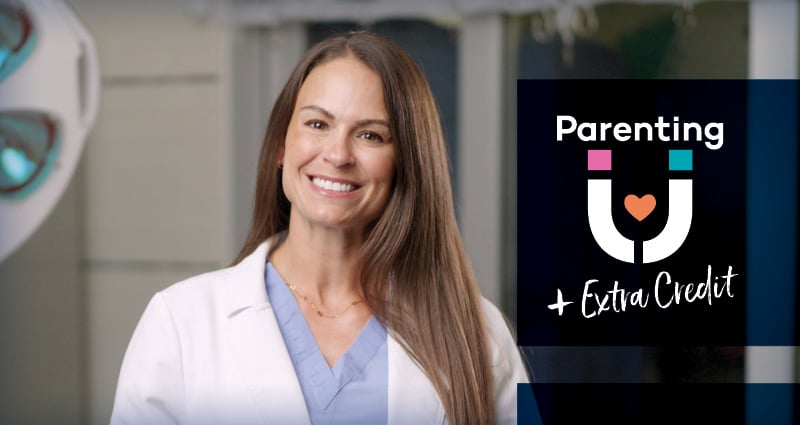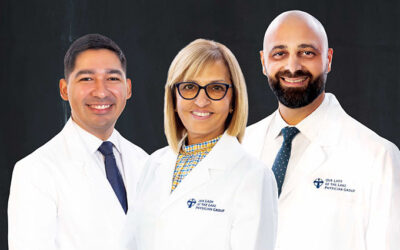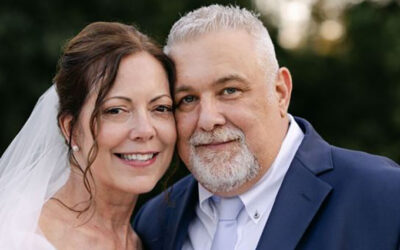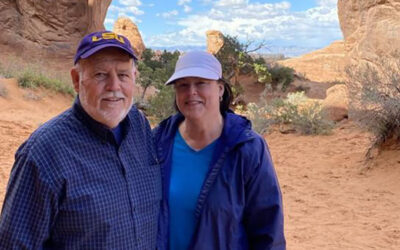In addition to family parties with grilling and camping trips with fires, summer months may mean tweens and teens spend more time home alone and making their own meals.
All come with burn risks, but prevention is key. Rachel Stutes, PA, with Our Lady of Lourdes Burn Center, shares expert advice in this ParentingU ExtraCredit episode to create safe environments and prevent burns.
Kid-Free Zone: A Simple Step for Burn Prevention
One of the easiest and most effective ways to prevent burns is to establish a kid-free zone around anything hot.
Rachel recommends keeping children at least three feet away from hot surfaces and appliances, whether in the kitchen or near the grill. This simple precaution can significantly reduce the risk of burn injuries.
Three Tips for Safety in the Kitchen
1. Hot Liquids and Pot Handles
Rachel emphasizes the importance of placing hot liquids away from the edges of counters. Young toddlers are naturally curious and may reach for items within their grasp, leading to potential burns. Always turn pot handles inward to prevent accidental knocks that can spill hot contents.
2. Carrying Children While Cooking
As busy parents, it’s common to multitask. However, Rachel advises against carrying children while cooking or handling hot items. Kids are wiggly and unpredictable, and an accident can happen in an instant.
3. Microwave Safety
Rachel points out that burns from mac and cheese and ramen noodles are frequent in burn units. She recommends that an adult remove hot liquids from the microwave.
When teenagers are learning to cook, ensure they allow hot food to cool down before handling it. These simple steps can prevent painful and easily avoidable injuries.
First Aid for Burns: What to Do Immediately
If a burn occurs, the first step is to stop the burning process and cool the area with water for at least five minutes. Remove any jewelry or rings from the affected area to prevent further injury.
Rachel explains how to identify the severity of a burn:
- First Degree Burns: Red and can be managed at home unless it’s a burn on face, ears, hands, feet or genitalia
- Second Degree Burns: Red, weeping and very painful; may need professional care
- Third Degree Burns: Pale skin; requires immediate medical attention
When to Seek Medical Care
Certain types of burns need specialized medical care, and Rachel outlines when to seek help:
- Burns on the face, ears, hands, feet or genitalia
- Burns larger than the palm of your hand
- Burns that show signs of infection, such as redness around the wound, fever or chills
Rachel highlights that burns can progress over time. What may seem minor initially can worsen, so it’s crucial to have burns evaluated by a professional familiar with burn treatment.
Summer is a time for fun and family, but it’s also essential to keep safety in mind. Play it safe this summer with these expert tips on burn prevention.




